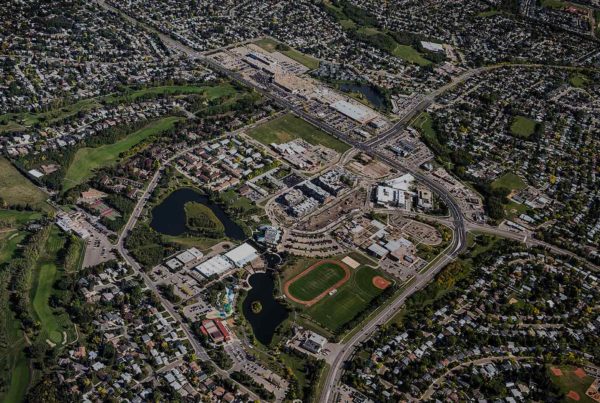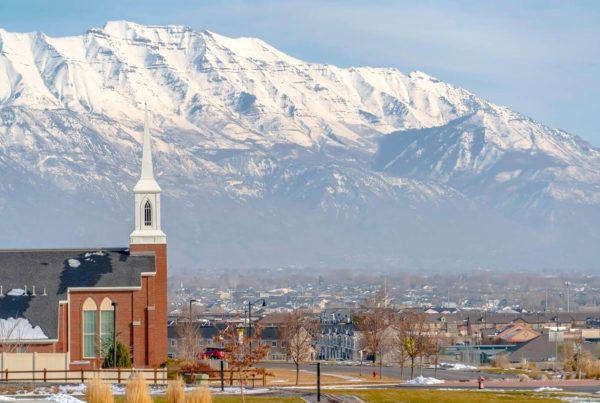Over the last few years, we have executed numerous station location reviews and written a few articles on station planning. We have compiled that experience and content into a station planning guide for you. In this guide, we look broadly at why and how to do station planning.
Part one
Explores situations where stations are not actually helping your response performance, but are in fact hindering it. Sometimes, politics and short sightedness have saddled a community with a poor station scheme so much so that closing the under-performing station is the best course of action.
Next, we look at the context around neighborhood life cycles, demographics, and how they influence the need for stations. We show how neighborhoods age and renew and how road networks influence station coverage. If done well, a station plan should remain robust decades into the future.
Finally, we connect station planning to response performance and more tangible outputs like lives saved or property damage averted. We find that adding a single station to a typical community will prevent, on average, one cardiac death every other year and reduce property damage by about one quarter million per year.
Part two
Looks at how to do station planning well. First, we look at forecasting in the context of planning – how much detail is necessary, how far in the future should you look, and how to address both spatial and vertical growth. In general, spatial growth drives the majority of station needs, although if there are areas of intense densification, then you may need to reconfigure stations within your community boundaries.
Next, we look at the mathematical underpinnings of station modeling. The key point is that using traditional coverage models will result in a station plan that is too sparse. Probabilistic models are the most accurate and result in station schemes with the appropriate station density.
Finally, we look at what to build. Large, monolithic structures are becoming a thing of the past. The cost of land – particularly in urban centers – is prohibitive. Satellite stations, posts, and mixed-use structures are the wave of the future, and smaller is almost always better.

 Download PDF
Download PDF

